The Magnesium Alloy Market is currently characterized by a dynamic competitive landscape, driven by increasing demand across various sectors, including automotive, aerospace, and electronics. Key players are actively engaging in strategies that emphasize innovation, regional expansion, and sustainability. For instance, Aerospace Alloys (US) has positioned itself as a leader in high-performance magnesium alloys, focusing on aerospace applications, while Norsk Hydro (NO) is leveraging its extensive experience in aluminum to enhance its magnesium offerings, particularly in lightweight automotive components. These strategic orientations not only enhance their market presence but also contribute to a competitive environment that is increasingly focused on technological advancements and sustainable practices.
In terms of business tactics, companies are increasingly localizing manufacturing to reduce lead times and optimize supply chains. The Magnesium Alloy Market appears moderately fragmented, with several key players exerting influence over specific segments. This fragmentation allows for niche players to thrive, while larger corporations like UACJ Corporation (JP) and China Magnesium Corporation (CN) are consolidating their positions through strategic partnerships and acquisitions, thereby shaping the overall market structure.
In August 2025, Magnesium Elektron (GB) announced a partnership with a leading automotive manufacturer to develop lightweight magnesium components aimed at enhancing fuel efficiency. This collaboration underscores the growing trend towards lightweight materials in the automotive sector, which is crucial for meeting stringent emissions regulations. The strategic importance of this partnership lies in its potential to position Magnesium Elektron as a key supplier in a rapidly evolving market.
In September 2025, Dajcor Aluminum (CA) expanded its production capabilities by investing in advanced manufacturing technologies for magnesium alloys. This investment is indicative of a broader trend where companies are adopting digital transformation strategies to enhance operational efficiency and product quality. By integrating cutting-edge technologies, Dajcor aims to improve its competitive edge and respond more effectively to market demands.
Furthermore, in October 2025, Qinghai Salt Lake Industry (CN) launched a new line of eco-friendly magnesium alloys, emphasizing sustainability in its production processes. This move reflects a growing awareness among manufacturers regarding environmental impact and aligns with global trends towards greener production methods. The introduction of sustainable products is likely to resonate well with environmentally conscious consumers and industries, thereby enhancing Qinghai's market position.
As of October 2025, the competitive trends in the Magnesium Alloy Market are increasingly defined by digitalization, sustainability, and the integration of advanced technologies such as AI. Strategic alliances are becoming more prevalent, as companies recognize the need to collaborate to innovate and meet evolving consumer demands. Looking ahead, it is anticipated that competitive differentiation will shift from traditional price-based competition to a focus on innovation, technological advancements, and supply chain reliability, thereby reshaping the landscape of the magnesium alloy industry.


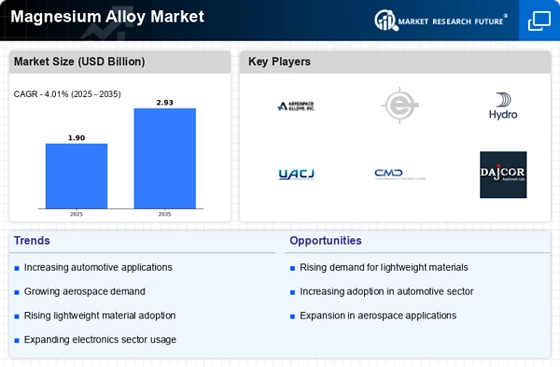
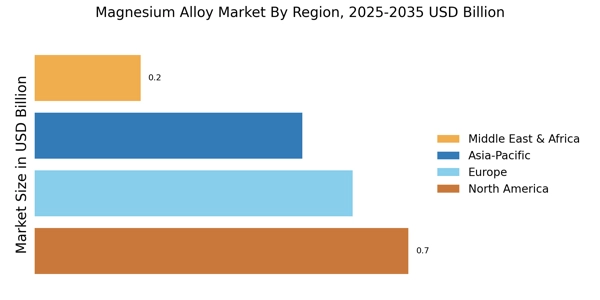
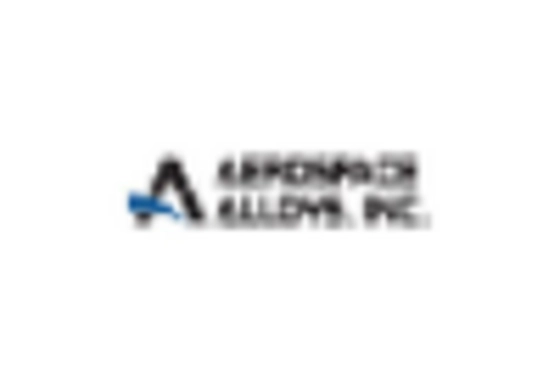
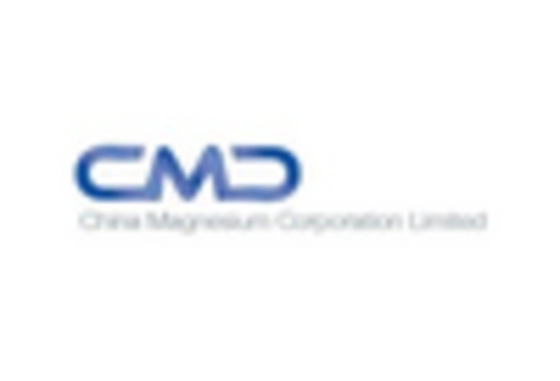
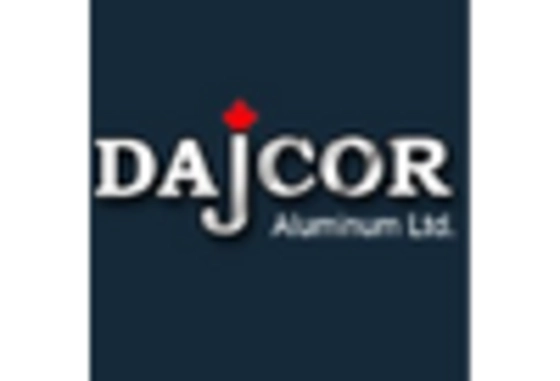

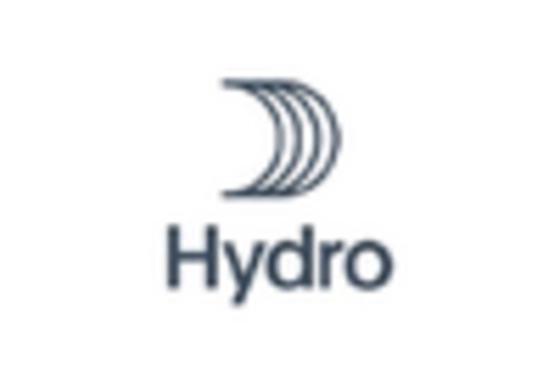
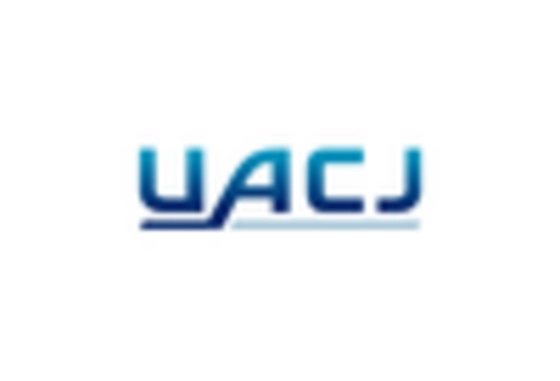








Leave a Comment